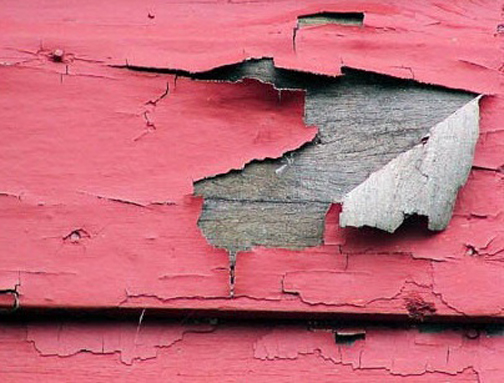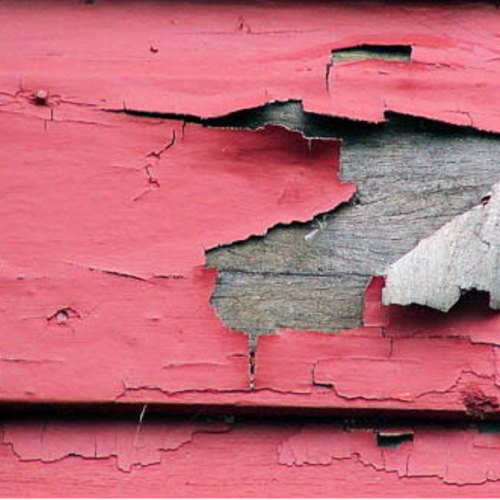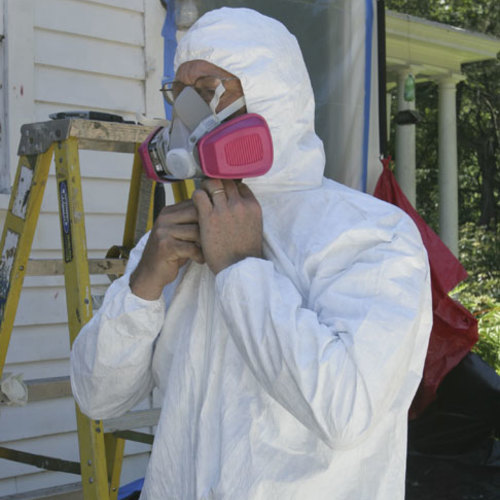
About 37 million American homes and apartments have some interior lead paint on walls and woodwork. Any house built before 1978 — the year when most types of lead paint were withdrawn from the market in the U.S. — may contain lead paint. If lead paint is present on friction surfaces (for example, window sash), or if any lead paint is flaking or deteriorated, any children under the age of 6 or pregnant women who live in the house are at risk.
Anyone engaged in remodeling activities has an obligation to learn the basic facts about lead paint, for two reasons: if you are remodeling an occupied house, your activities may be endangering the health of the occupants. And if you are a professional remodeler working in other people’s homes, ignoring lead paint dangers is illegal.
Too many poisoned children
The dangers of lead paint are real. The Centers for Disease Control and Prevention estimates that more than 250,000 American children have elevated blood lead levels.
Residents of cities with a high proportion of older homes are particularly at risk; according to the New York Times, 14.2% of all children living in Cleveland and 23.1% of all children living in Allentown, Pennsylvania, have elevated levels of lead in their blood (more than 5 micrograms per deciliter).
What homeowners need to know
If your house was built before 1978, you should assume that the paint in your house (both exterior and interior) contains lead, unless the paint has been tested and found to be lead-free. Almost all homes built before 1950 have some lead-based paint.
Although it’s possible for adults or children above the age of 6 to be poisoned by lead, young children and pregnant women are the most vulnerable.
If you live in an older home and you have young kids, what to you need to worry about?
Weekly Newsletter
Get building science and energy efficiency advice, plus special offers, in your inbox.

This article is only available to GBA Prime Members
Sign up for a free trial and get instant access to this article as well as GBA’s complete library of premium articles and construction details.
Start Free TrialAlready a member? Log in















3 Comments
Not to argue against anything
Not to argue against anything Martin has posted, however with regard to how much to worry, see the attached graph.
Were I living in a house built post 1950 something, I would not be up at night worrying about lead exposure.
people my age or Martin's age routinely had lead levels as children that would be reportable [now] due to airborne TEL from car exhaust. Whether we were chewing on the window sills is not the point
As a side note, being a car guy, I was amused[appalled] when my friends across the pond wailed, moaned and gnashed their teeth when they lost their beloved leaded gas in, get this year 2000. It had been over a decade since it was available in my state.
Response to Keith Gustafson
Keith,
While my article is about lead paint hazards, there have historically been two other main sources of lead that ends up poisoning children. In addition to lead paint, the lead in gasoline and the lead in drinking water have contributed to lead poisoning.
While lead has been removed from gasoline in the U.S., decades of leaded gasoline use have left a toxic legacy in the soil. Homes near busy intersections often have high level of lead in the soil, and experts believe that the source of this lead is auto exhaust from the 1940s, 1950s, and 1960s. Lead is persistent.
The children of Flint, Michigan, are not the only children in the U.S. who have been poisoned by drinking water with a high lead level. Like Flint, many U.S. cities are still struggling with issues surrounding lead pipes and lead solder.
In my article, I wrote, "Almost all homes built before 1950 have some lead-based paint." So if you have a house that was built before 1950, these issues matter.
A second category of homes -- those built between 1950 and 1978 -- are less likely to have lead paint. That doesn't mean they don't, so caution is advisable.
It's safe to assume that homes in the third category -- those built after 1978 -- are free of lead paint.
The idea that children are poisoned when they "chew on windowsills" is a myth. The most common way that children ingest lead is by coming into contact with household dust. Lead dust can be inhaled or ingested when a small child puts a toy in her mouth.
Link to a lead poisoning video
This video features John Oliver: Lead.
Log in or become a member to post a comment.
Sign up Log in